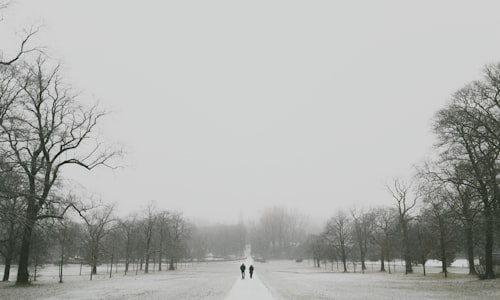Blizzard 1888 facts
While investigating facts about Blizzard 1888, I found out little known, but curios details like:
About Minnie Freeman, a teacher in Nebraska in 1888 who saved all of her students after a freak blizzard struck. The winds were so strong the roof and door blew off the school. Using string she roped the kids together and trekked over a mile in whiteout conditions to the closest farmhouse.
In 1888 a blizzard struck the Plains in the United States. Many children were stranded in their one room schoolhouses. Approximately 235 people, many school-children who had headed home in the blizzard, died. This blizzard is referred to as The Schoolhouse Blizzard because of the number of children that died.
In my opinion, it is useful to put together a list of the most interesting details from trusted sources that I've come across. Here are 10 of the best facts about Blizzard 1888 I managed to collect.
-
Another blizzard in 1888 resulted in the deaths of about 400 people in New York. This blizzard is referred to as the Great Blizzard of 1888.
-
The Great Blizzard of 1888 consisted of 3 days of 45mph winds dropping up to 60 inches of snow producing 50ft snowdrifts, wrecked more than 200 ships, and completely isolated Montreal, Washington DC, and Boston for days. Causing $25million (1888 dollars) in damage and claimed 400 lives.
-
During the blizzard of 1888, New York City set up police checkpoints to prevent frostbite by rubbing snow around the ears of pedestrians whose ears looked too white.
-
About the great blizzard of 1888, which was so powerful it knocked out telegraph lines in the NE US and consequently cut off all communication with Montreal for days. 52 feet snow drifts were recorded in Brooklyn, and more than 400 died nationwide.
-
235 schoolchildren died in the Midwestern U.S. in 1888 as a result of an unexpected blizzard.
-
An unexpected massive blizzard in 1888 that killed 1,000 people across the Northeast was the impetus for building underground public transit
-
During the terrible blizzard of 1888 in NYC, Theodore Roosevelt trudged dozens of blocks to keep an appointment. When he arrived, he learned that the other person had not shown up. Roosevelt turned around, walked back home, and wrote a note remarking ''I presume the blizzard kept you at home.''
-
New York City's electric and telephone wires weren't always buried. It took the blizzard of 1888, dozens of fallen poles and a forest of live wires to convince businesses to go underground.
